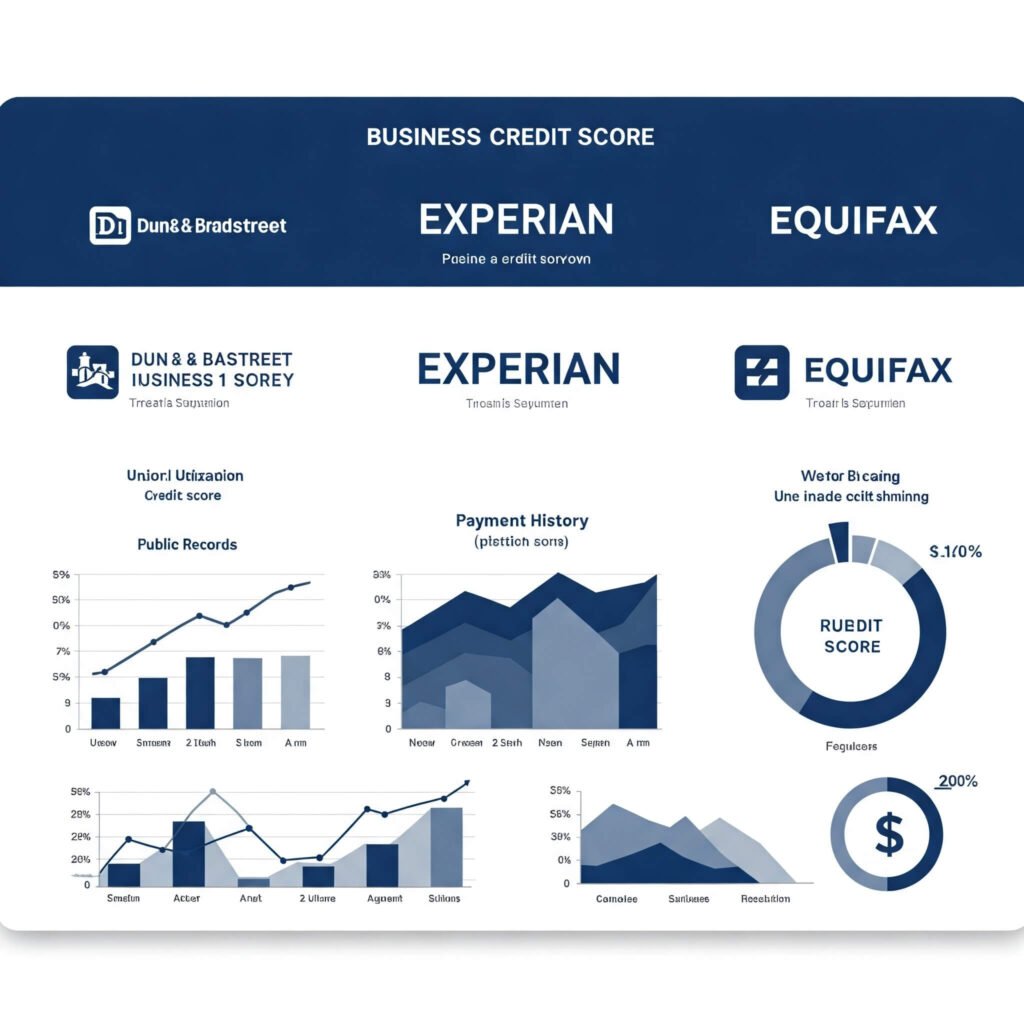A low business credit score can feel like a roadblock, limiting your access to financing, favorable loan terms, and even supplier trust. Whether you’re a small business owner or running a growing enterprise, fixing a low business credit score is critical to unlocking better opportunities. This guide shares proven, actionable tips to improve your business credit score, backed by expert insights and real-world examples. Let’s dive into how you can turn things around!
Why Fixing a Low Business Credit Score Matters
Your business credit score reflects your company’s creditworthiness, impacting everything from loan approvals to vendor relationships. A low score—typically below 600 on most scales—signals risk to lenders, making it harder to secure funding or negotiate favorable terms. By fixing a low business credit score, you can:
- Access better loan rates and terms.
- Build trust with suppliers and partners.
- Improve cash flow with higher credit limits.
For example, a small bakery in Chicago saw its loan applications repeatedly denied due to a 550 Dun & Bradstreet PAYDEX score. After implementing the strategies below, they boosted their score to 720 in nine months, securing a $50,000 loan to expand.

Step 1: Understand Your Current Business Credit Score
Before fixing a low business credit score, you need to know where you stand. Check your score through major business credit bureaus like Dun & Bradstreet, Experian, or Equifax. Each bureau uses a different scoring model, so review all three for a complete picture.
How to Access Your Business Credit Report
- Visit Dun & Bradstreet for your PAYDEX score.
- Check Experian Business for your Intelliscore Plus.
- Request a report from Equifax Business.
Look for errors, such as incorrect payment histories or outdated information, which could drag your score down. Dispute inaccuracies promptly to ensure your report reflects your true creditworthiness.

Step 2: Pay Bills on Time to Improve Your Business Credit
Payment history is the backbone of your business credit score. Late payments can tank your score, while consistent, on-time payments signal reliability. To prioritize this:
- Set up automatic payments for recurring bills like utilities or vendor invoices.
- Negotiate with creditors if you’re behind—many will work with you to create a payment plan.
- Pay early when possible to boost your score with bureaus like Dun & Bradstreet, which reward early payments.
For instance, a tech startup in Austin improved its Experian score by 30 points in three months by automating vendor payments and clearing overdue invoices.
Step 3: Lower Your Credit Utilization Ratio
Your credit utilization ratio—the percentage of available credit you’re using—plays a big role in fixing a low business credit score. Aim to keep this below 30%. For example, if you have a $10,000 credit line, don’t use more than $3,000 at a time.
Tips to Reduce Credit Utilization
- Pay down existing balances on business credit cards.
- Request a higher credit limit from your lender to increase available credit.
- Spread expenses across multiple cards to avoid maxing out any single line.

Step 4: Build a Strong Credit Profile
A thin credit file—meaning few accounts or limited activity—can contribute to a low business credit score. To strengthen your profile:
- Open a business credit card and use it responsibly.
- Work with vendors who report payments to credit bureaus.
- Apply for a small business loan or line of credit to establish a payment history.
Pro Tip: Check if your vendors report to bureaus using tools like Nav, which helps identify credit-building opportunities.
Step 5: Monitor and Maintain Your Progress
Fixing a low business credit score is an ongoing process. Regularly monitor your score to track improvements and catch issues early. Services like CreditSignal offer free score monitoring, while paid tools provide deeper insights.
Long-Term Maintenance Tips
- Review your credit report quarterly for errors.
- Keep personal and business finances separate to protect your score.
- Avoid closing old accounts, as they contribute to your credit history length.
Common Mistakes to Avoid When Fixing a Low Business Credit Score
Even with the best intentions, pitfalls can slow your progress. Steer clear of these mistakes:
- Ignoring personal credit: Some lenders consider your personal score for small business loans.
- Applying for too much credit at once: Multiple applications can trigger hard inquiries, lowering your score.
- Neglecting small debts: Unpaid invoices, even minor ones, can harm your score if reported.
Real-World Success Story
Take Sarah, a freelance graphic designer who launched a marketing agency. Her business credit score was 580 due to late vendor payments and high credit card balances. By following these steps—checking her Experian report, automating payments, and reducing her credit utilization—she raised her score to 710 in under a year. This allowed her to secure a $25,000 line of credit, which she used to hire staff and scale her business.
Conclusion: Start Fixing Your Low Business Credit Score Today
Fixing a low business credit score takes time, but with consistent effort, you can see significant improvem


